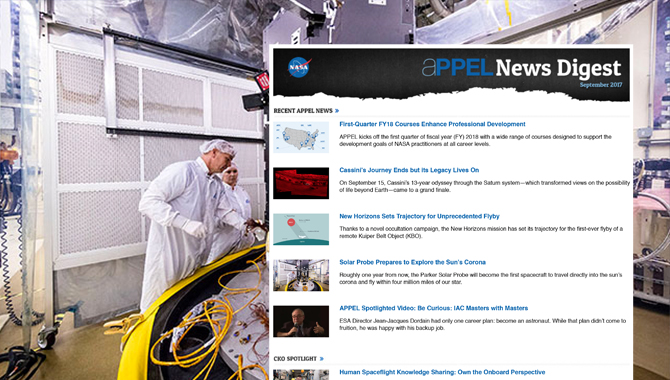
A new edition of the APPEL News Digest has been released. We invite you to read it today on our website.

A new edition of the APPEL News Digest has been released. We invite you to read it today on our website.
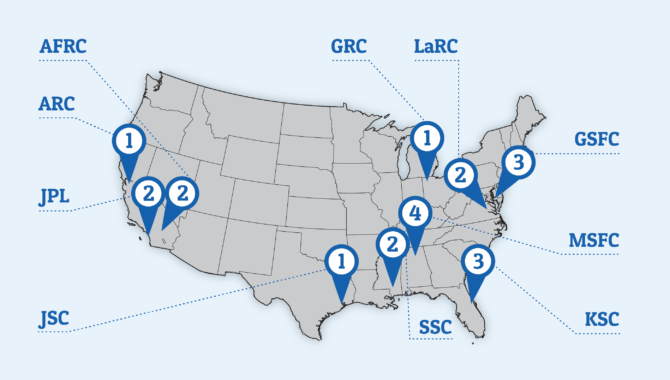
APPEL kicks off the first quarter of fiscal year (FY) 2018 with a wide range of courses designed to support the development goals of NASA practitioners at all career levels.

On September 15, Cassini’s 13-year odyssey through the Saturn system—which transformed views on the possibility of life beyond Earth—came to a grand finale.

Thanks to a novel occultation campaign, the New Horizons mission has set its trajectory for the first-ever flyby of a remote Kuiper Belt Object (KBO).
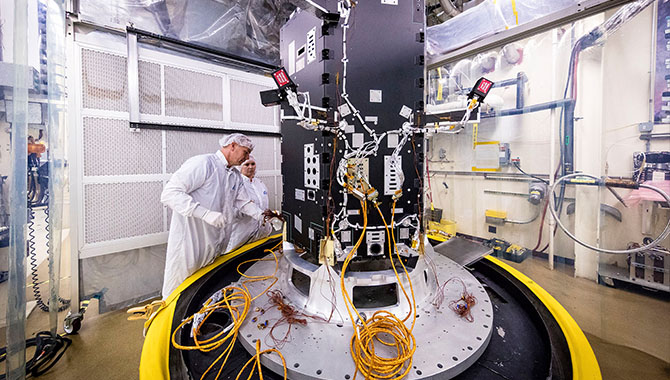
Roughly one year from now, the Parker Solar Probe will become the first spacecraft to travel directly into the sun’s corona and fly within four million miles of our star.

The story of the Space Shuttle Program is one of overcoming obstacles through hard work and innovation. During STS-79, astronaut Shannon Lucid’s efforts set new records for the program.

A new edition of the APPEL News Digest has been released. We invite you to read it today on our website.
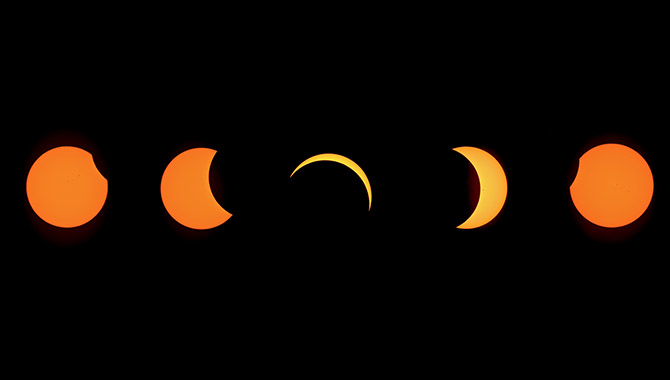
On August 21, 2017, the U.S. experienced the first total solar eclipse to span the nation in 99 years. Scientists, from astrophysicists to students, collected novel data during the event.
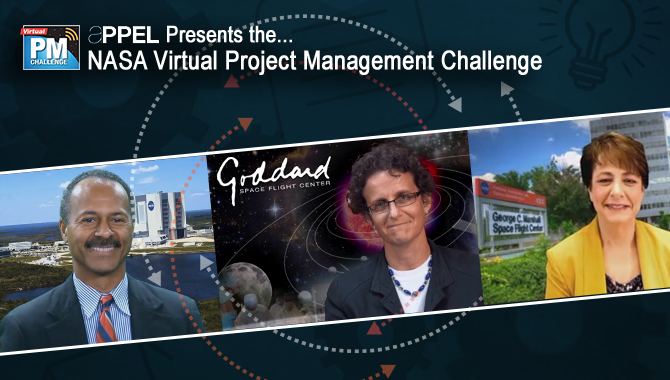
How does a learning organization like NASA leverage real-world experiences to drive mission success? A recent Virtual Project Management (PM) Challenge offered answers.